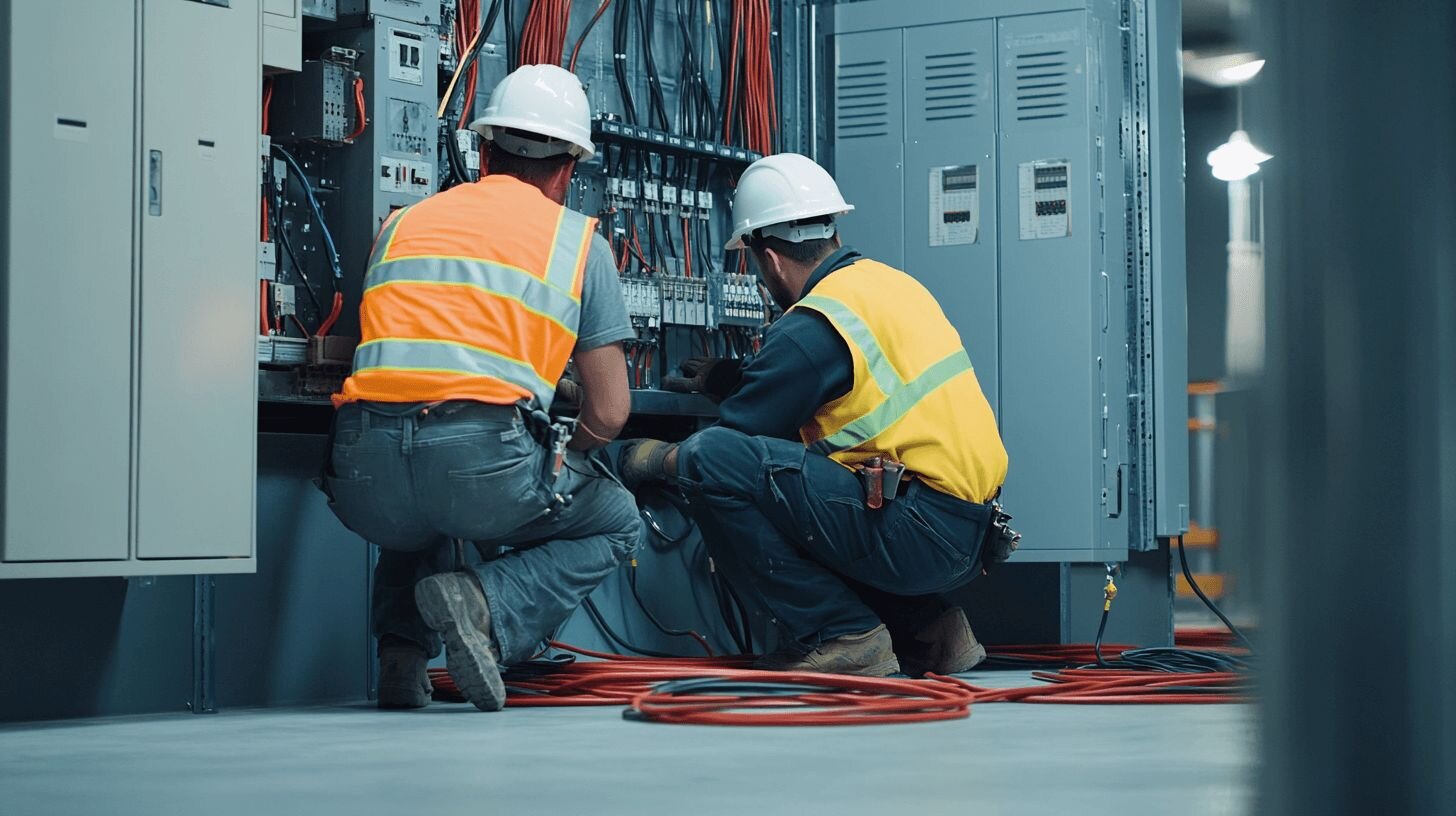Imagine you’re out on a job site in the middle of summer, and the sun’s beating down hard. It’s not just uncomfortable—it’s dangerous. That’s exactly what OSHA is looking to fix with its proposed new heat safety rule, which aims to protect workers from the serious risks that come with extreme heat.
So, what’s this rule all about? And more importantly—how’s it going to affect you as a commercial contractor?
What’s OSHA Asking For?
OSHA’s new rule wants employers to have a solid plan in place for preventing heat-related illnesses and injuries. Think of it like this: just like you wouldn’t send your crew out without safety gear, you’ll soon need to make sure they’ve got the tools to stay safe in the heat, too.
Here’s the rundown:
- Heat Safety Plans: You’ll need a plan for how to keep your team safe when temperatures climb. This includes monitoring the heat, adjusting work schedules, and training your crew on how to spot and prevent heat illness.
- Water, Shade, and Rest Breaks: These are the big three. For outdoor jobs, you’ll need to ensure your workers have access to water, shaded areas, or air-conditioned spaces for breaks.
- Acclimatizing New Workers: New crew members or anyone returning after time off will need time to adjust to working in the heat, meaning you may need to ease them into high temps with adjusted workloads.
And don’t think this rule is only for outdoor work. If your team works indoors in hot spaces—like warehouses or industrial sites without air conditioning—you’ll need to take steps to cool those areas, too.
What Does This Mean for Your Job Sites?
For commercial contractors, this isn’t just another regulation—it’s a real shift in how job sites are managed, especially during those brutal summer months. You might already be providing water and breaks, but this rule pushes for more consistent planning and action across the board.
Mobile crews? It can be tough to provide shade when your team is constantly moving. OSHA acknowledges that, and they suggest simple solutions like portable shades or canopies—small adjustments that can make a big difference.
Bottom line? You’ve got to be proactive. Waiting until the heat becomes a problem isn’t an option anymore.
Why Should Contractors Care?
Heat-related incidents don’t just affect your crew’s health—they can mess up your entire operation. If a worker gets heatstroke, it’s not just a medical issue. You’ve got delays, missed deadlines, and clients to answer to. Not to mention, failing to meet these new rules could result in fines.
But here’s the upside: keeping your team cool doesn’t just help you avoid penalties—it boosts productivity. When workers aren’t fighting the heat, they can focus on getting the job done. And fewer heat-related incidents mean fewer delays and smoother operations.
How Can You Get Ahead?
Here’s what you can do now to stay ahead of the game:
- Review Your Heat Safety Practices: Start by checking what you’re already doing. Are your current measures enough? If not, now’s the time to step things up.
- Invest in Portable Cooling Solutions: Portable shade, water stations, or misting fans can help keep your crew cool and working efficiently.
- Train Your Team: Make sure your crew knows how to spot the signs of heat stress and what to do if someone’s struggling. This isn’t just a formality—it’s about keeping everyone safe.
Wrapping It Up
OSHA’s new heat rule is a big deal for contractors, but it doesn’t have to be a hassle. With a little planning and some smart adjustments, you can keep your crew safe and make sure the heat doesn’t slow you down.
Whether you’re working indoors or out in the field, the message is clear: be ready for the heat. Get your team prepared, stay on top of safety, and make sure your job sites can handle whatever the weather throws your way.



